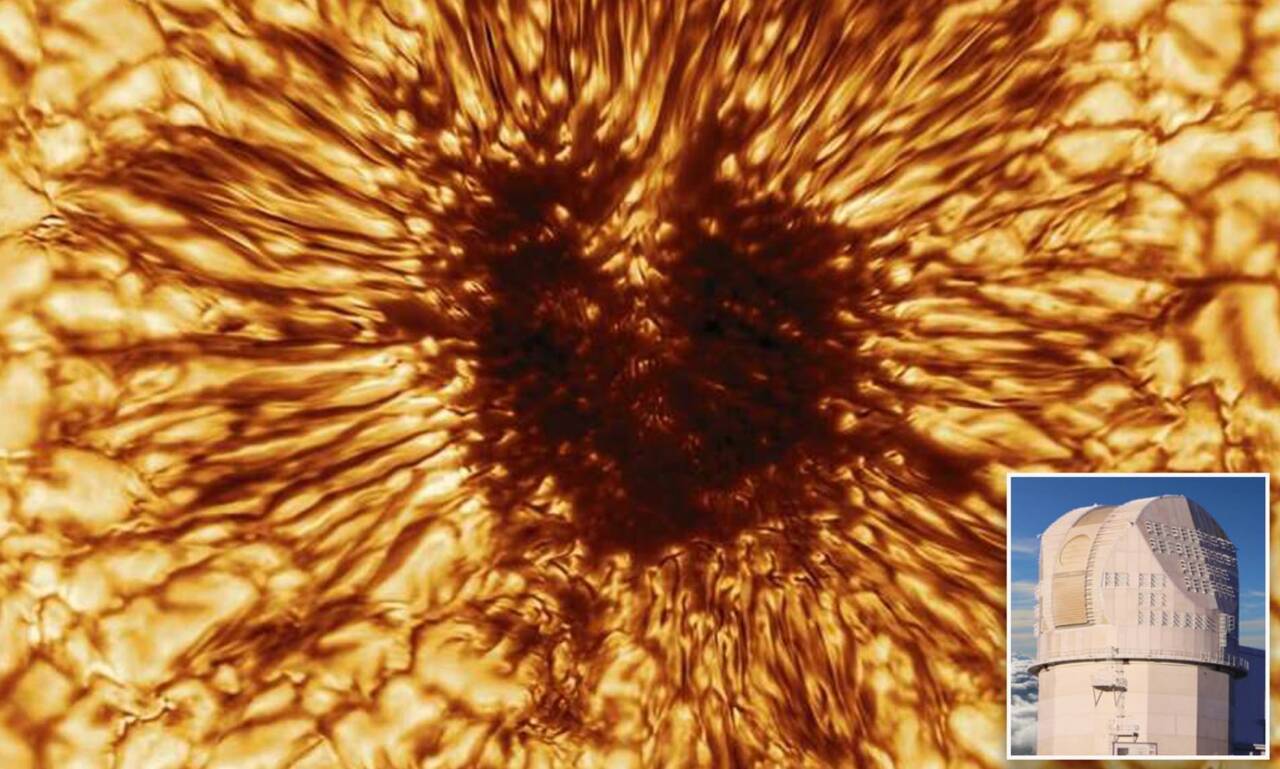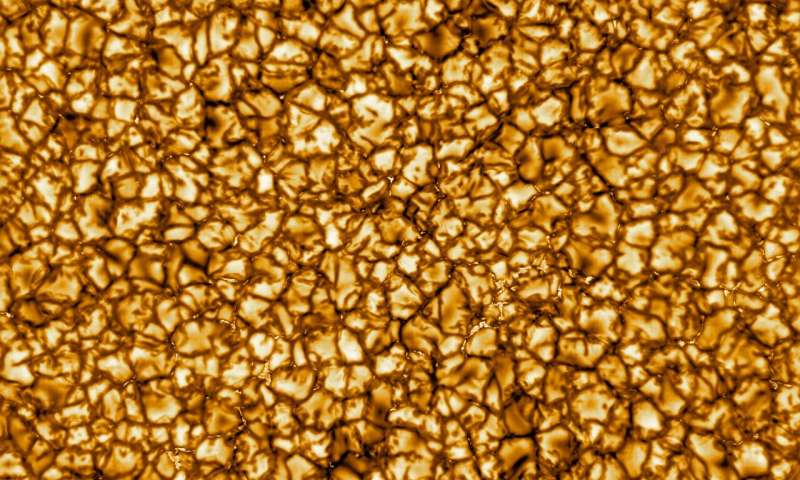
The Daniel K. Inouye Solar Telescope, DKIST, the world’s largest solar observatory, has released its first portrait of a sunspot. The photograph’s impressive details highlight the optical powers of the Hawaiian observatory.

Sunspots are dark spots found on the surface of the sun created by magnetic field flux, where the convergence of magnetic fields stunts convection and cools the sun’s surface.
In the image, hot and cool gas can be seen spidering outward from the sunspot’s edge. The radiating pattern is created when rising hot gas and sinking cool gas become stretched along the lines of the inclined magnetic field.

“With this solar cycle just beginning, we also enter the era of the Inouye Solar Telescope,” Matt Mountain, president of the Association of Universities for Research in Astronomy, which manages the National Solar Observatory and the Inouye Solar Telescope said. “We can now point the world’s most advanced solar telescope at the sun to capture and share incredibly detailed images and add to our scientific insights about the sun’s activity,” said Mountain.

Post Your Comments